N-Acetyl Cysteine (NAC)-Directed Detoxification of Methacryloxylethyl Cetyl Ammonium Chloride (DMAE-CB) | PLOS ONE

N-Acetylcysteine amide, a Thiol Antioxidant and Neuroprotective Agent, Reduces ROS Production - Immune System Research
N-Acetyl Cysteine Depletes Reactive Oxygen Species and Prevents Dental Monomer-Induced Intrinsic Mitochondrial Apoptosis In Vitro in Human Dental Pulp Cells | PLOS ONE

Importance of ROS-mediated autophagy in determining apoptotic cell death induced by physapubescin B - ScienceDirect

Effects of N-acetyl cysteine on mitochondrial ROS, mitochondrial dynamics, and inflammation on lipopolysaccharide-treated human apical papilla cells | SpringerLink

N-Acetylcysteine Reduces ROS-Mediated Oxidative DNA Damage and PI3K/Akt Pathway Activation Induced by Helicobacter pylori Infection
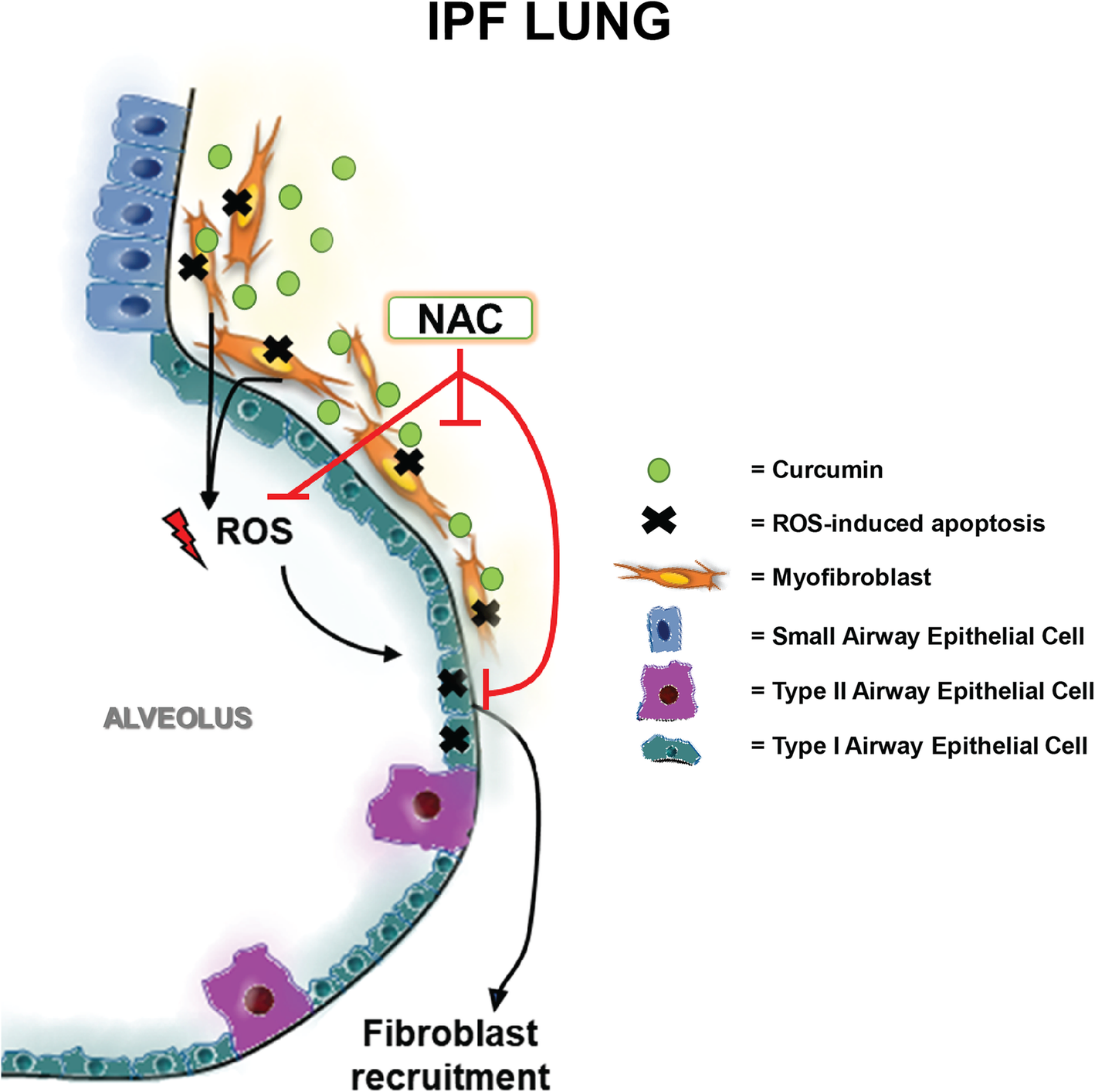
Curcumin induced oxidative stress attenuation by N-acetylcysteine co-treatment: a fibroblast and epithelial cell in-vitro study in idiopathic pulmonary fibrosis | Molecular Medicine | Full Text

ROS scavenger, N‐acetyl‐l‐cysteine and NOX specific inhibitor, VAS2870 reduce platelets apoptosis while enhancing their viability during storage - Hosseini - 2019 - Transfusion - Wiley Online Library
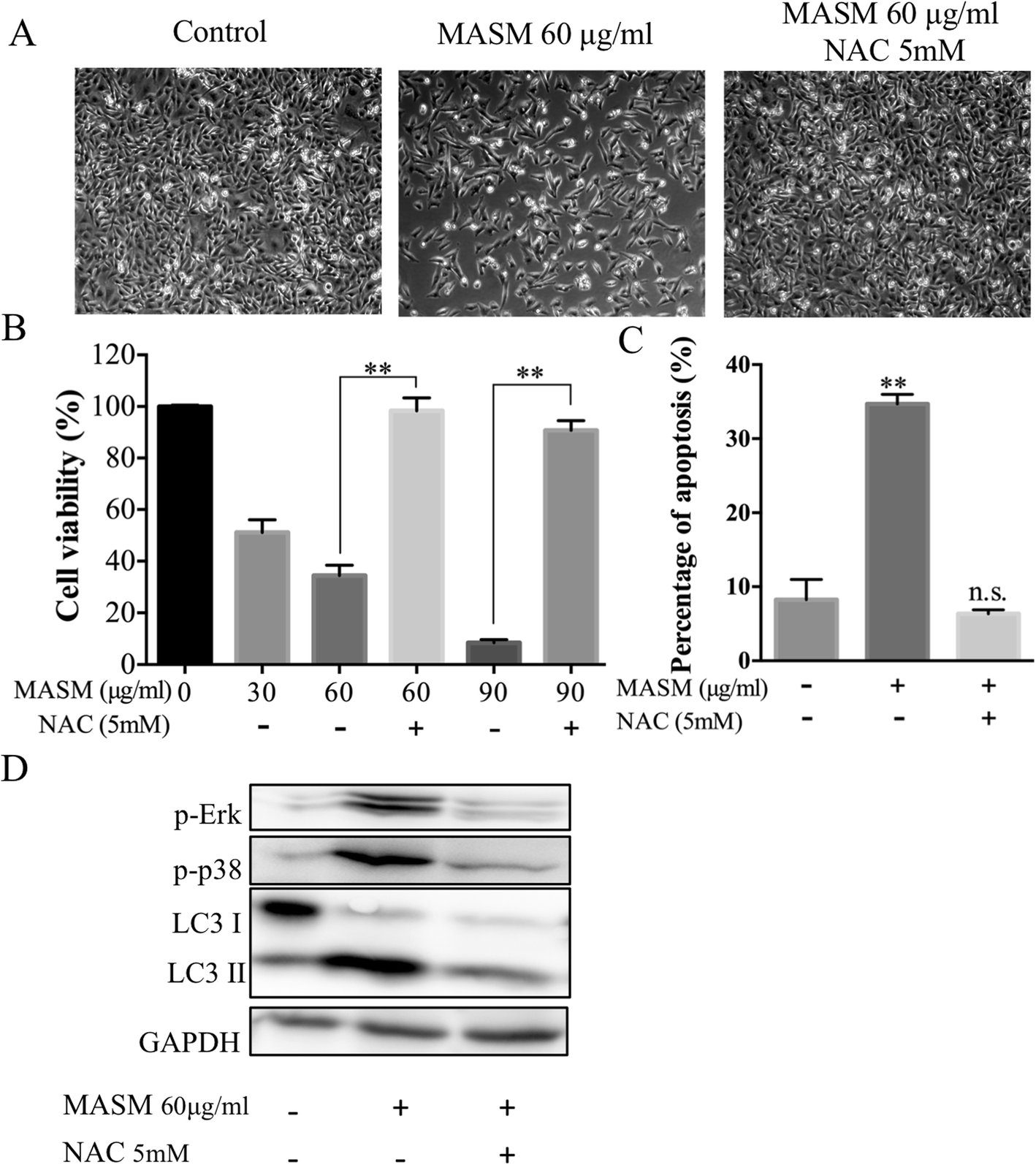
Autophagy inhibition enhances Matrine derivative MASM induced apoptosis in cancer cells via a mechanism involving reactive oxygen species-mediated PI3K/Akt/mTOR and Erk/p38 signaling | BMC Cancer | Full Text

ROS inhibitor NAC compromises cytotoxicity of ADM/DAC treatment in HCC-LM3 and SMMC-7721 cell lines but does not impact glucose metabolism which is depressed by DAC.
Qualitative and Quantitative Analysis of ROS-Mediated Oridonin-Induced Oesophageal Cancer KYSE-150 Cell Apoptosis by Atomic Force Microscopy | PLOS ONE

N-acetylcysteine attenuates PM2.5-induced apoptosis by ROS-mediated Nrf2 pathway in human embryonic stem cells - ScienceDirect
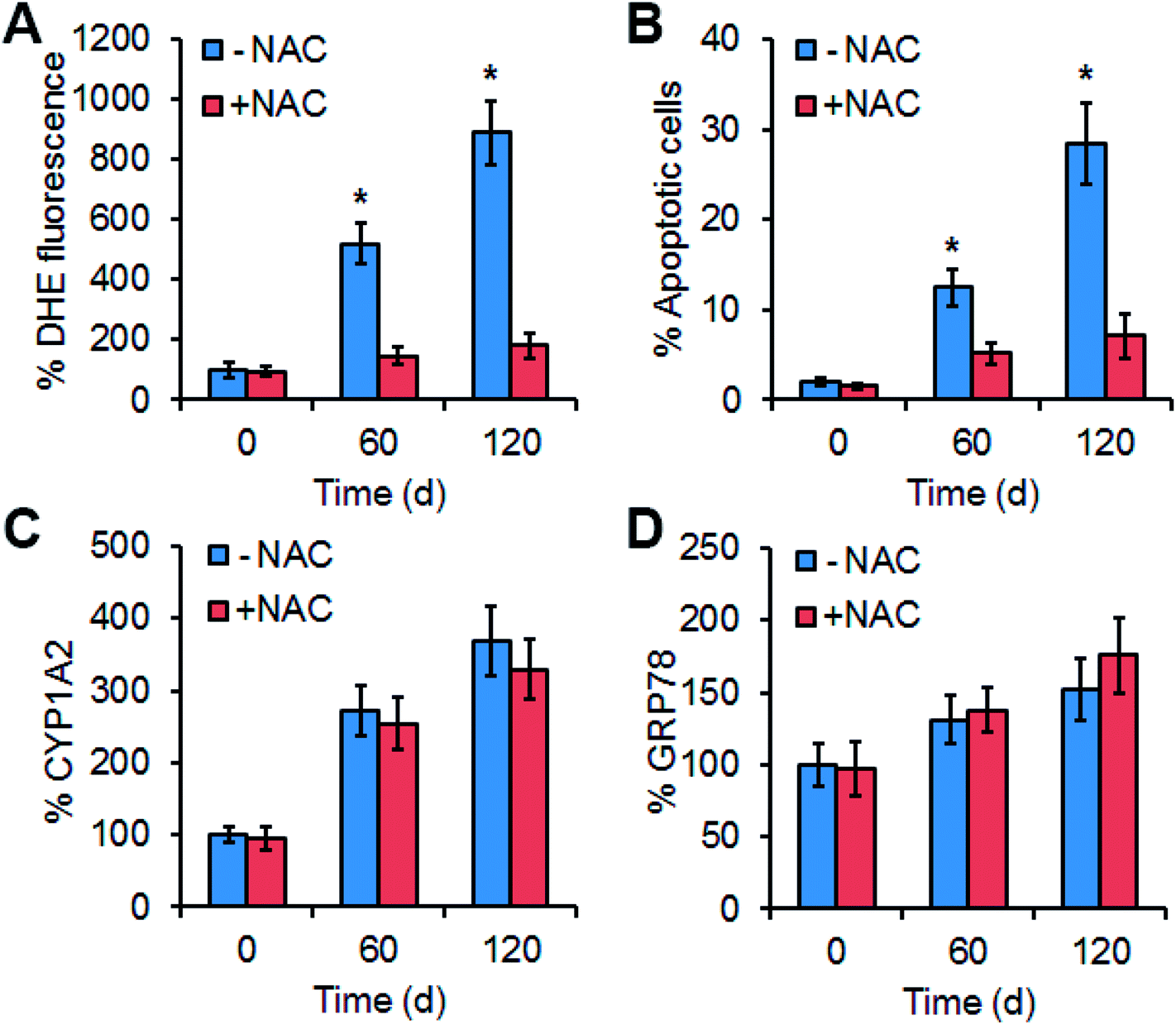
Cytochrome P450-dependent reactive oxygen species (ROS) production contributes to Mn 3 O 4 nanoparticle-caused liver injury - RSC Advances (RSC Publishing) DOI:10.1039/C8RA05633A
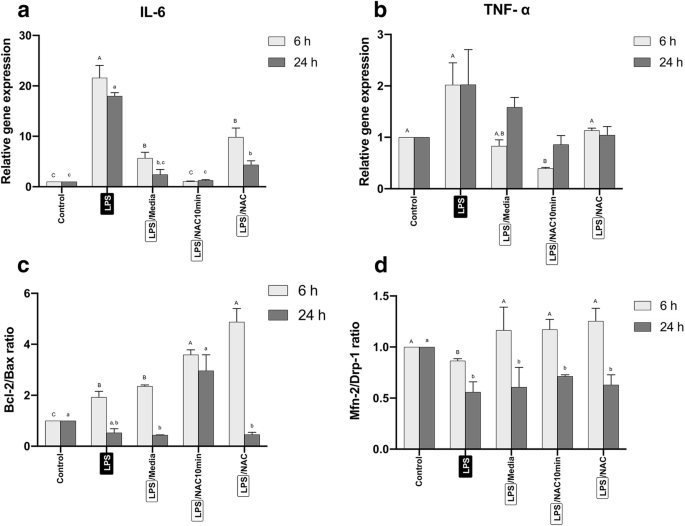
Effects of N-acetyl cysteine on mitochondrial ROS, mitochondrial dynamics, and inflammation on lipopolysaccharide-treated human apical papilla cells | SpringerLink

Figure 5 from Effect of N-acetyl-L-cysteine on ROS production and cell death caused by HEMA in human primary gingival fibroblasts. | Semantic Scholar

Regulation of Reactive Oxygen Species by Atm Is Essential for Proper Response to DNA Double-Strand Breaks in Lymphocytes | The Journal of Immunology

Effect of the reactive oxygen species (ROS) inhibitor N-acetylcysteine... | Download Scientific Diagram
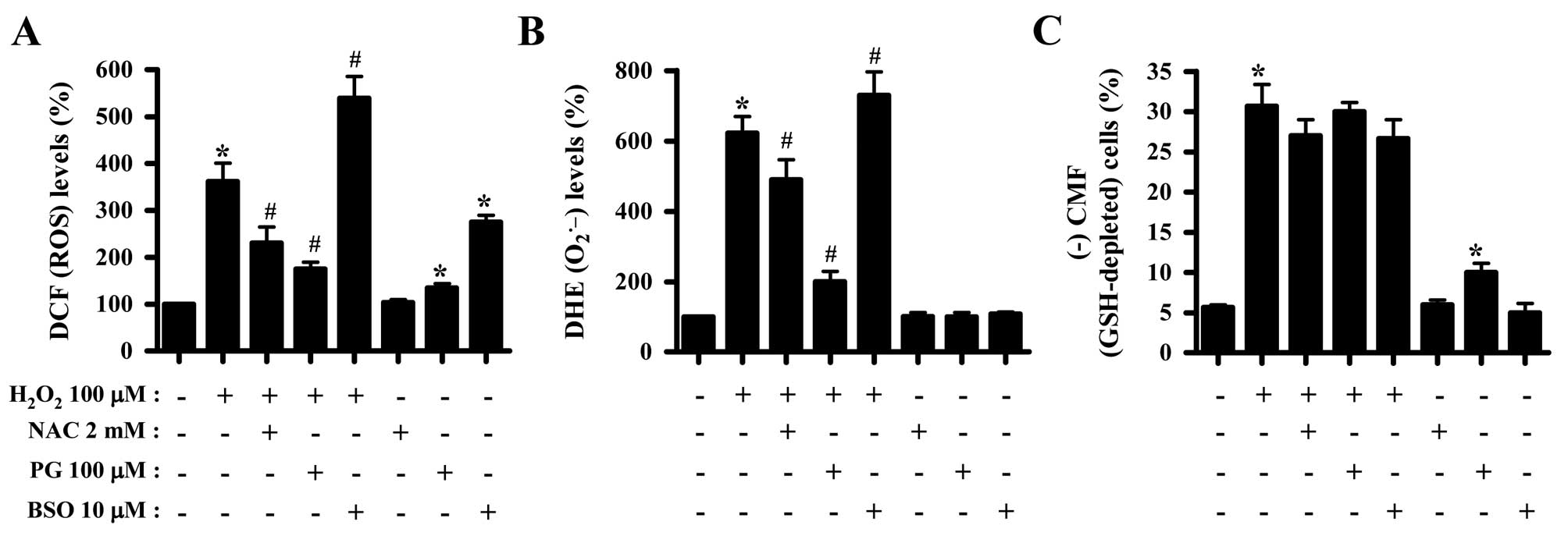
The effect of MAPK inhibitors and ROS modulators on cell growth and death of H2O2‑treated HeLa cells

Attenuation of MG132-induced HeLa Cell Death by N-Acetyl Cysteine via Reducing Reactive Oxygen Species and Preventing Glutathione Depletion | Anticancer Research
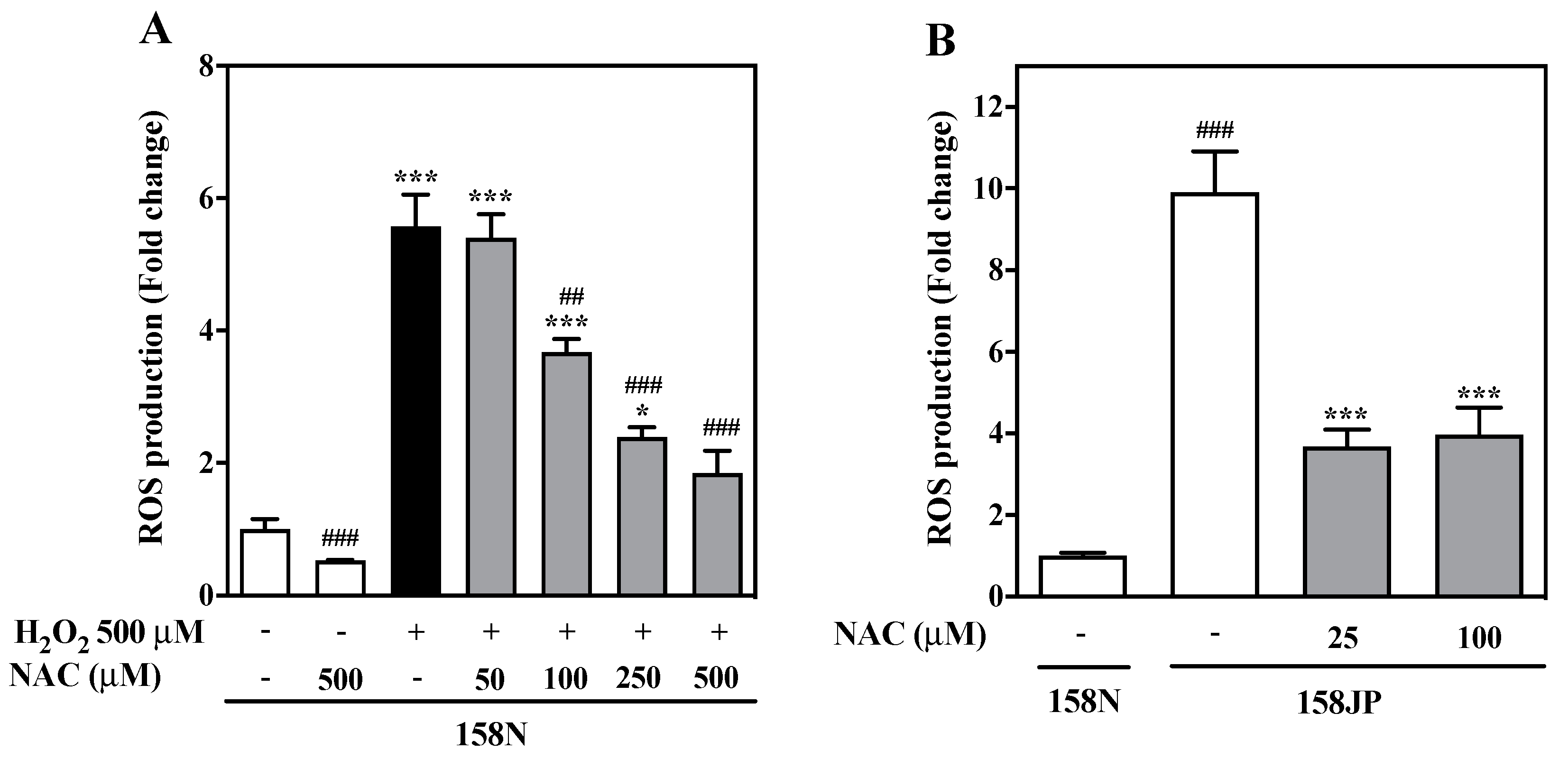
Biomedicines | Free Full-Text | N-acetylcysteine Provides Cytoprotection in Murine Oligodendrocytes through Heme Oxygenase-1 Activity | HTML
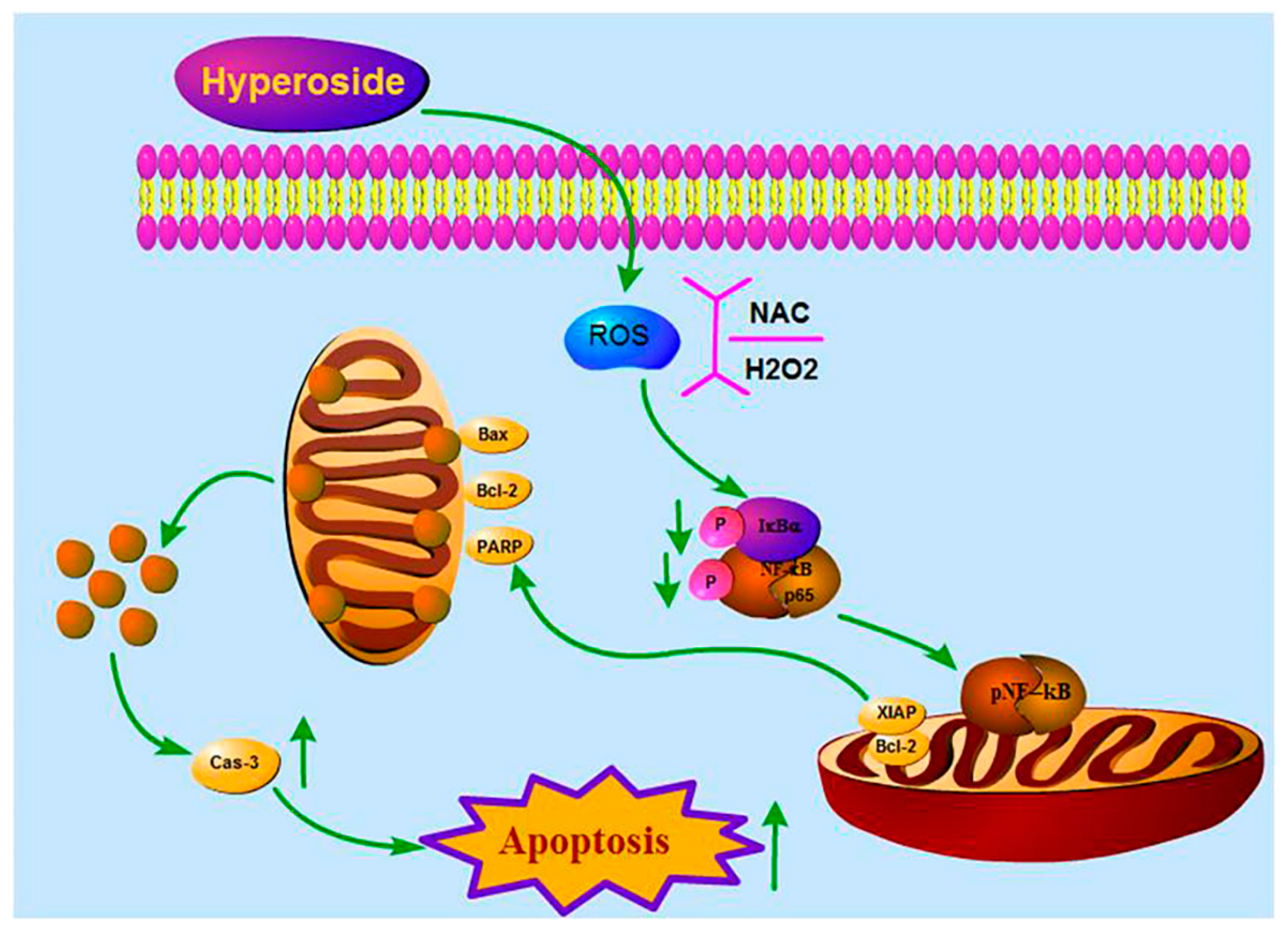
IJMS | Free Full-Text | Hyperoside Induces Breast Cancer Cells Apoptosis via ROS-Mediated NF-κB Signaling Pathway | HTML
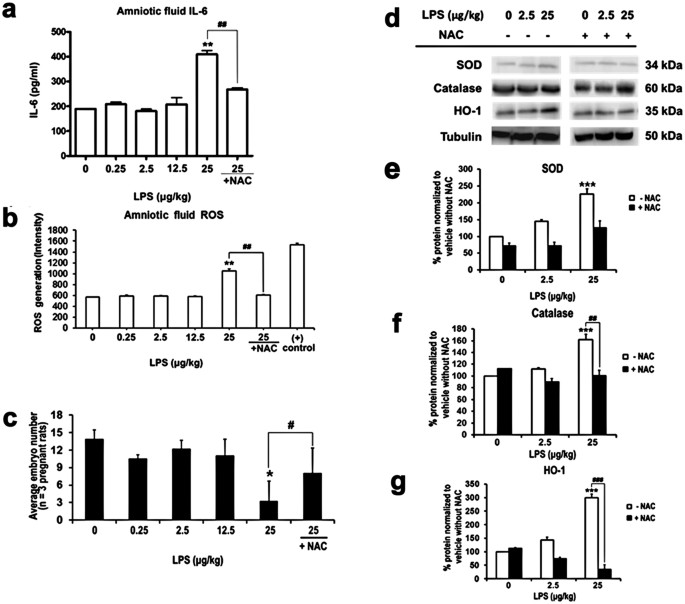
N-acetylcysteine attenuates lipopolysaccharide-induced impairment in lamination of Ctip2-and Tbr1- expressing cortical neurons in the developing rat fetal brain | Scientific Reports




